Autonomous Brands Battle Intensely in the A0-Class Auto Market: Is Internal Competition Necessary for Success?
![]() 03/26 2025
03/26 2025
![]() 422
422
The current landscape of the A0-class market heralds the future trajectory of the automobile industry.
Amidst the declining penetration rate of pure electric vehicles, the A0-class market finds itself in a state of flux. The new vehicle market in 2025 appears to be shifting focus away from mainstream models, instead gravitating towards two distinct extremes.
On one hand, large SUVs such as the Lynk & Co 900, Denza N9, and LeDao L90 are being launched in rapid succession, vying for dominance in the large SUV segment.
On the other hand, the A0-class market, which boasts the second-highest penetration rate of new energy vehicles after the A00-class market, has witnessed a series of small cars like the Geely Xingyuan and GAC AION Y consistently setting new sales records.
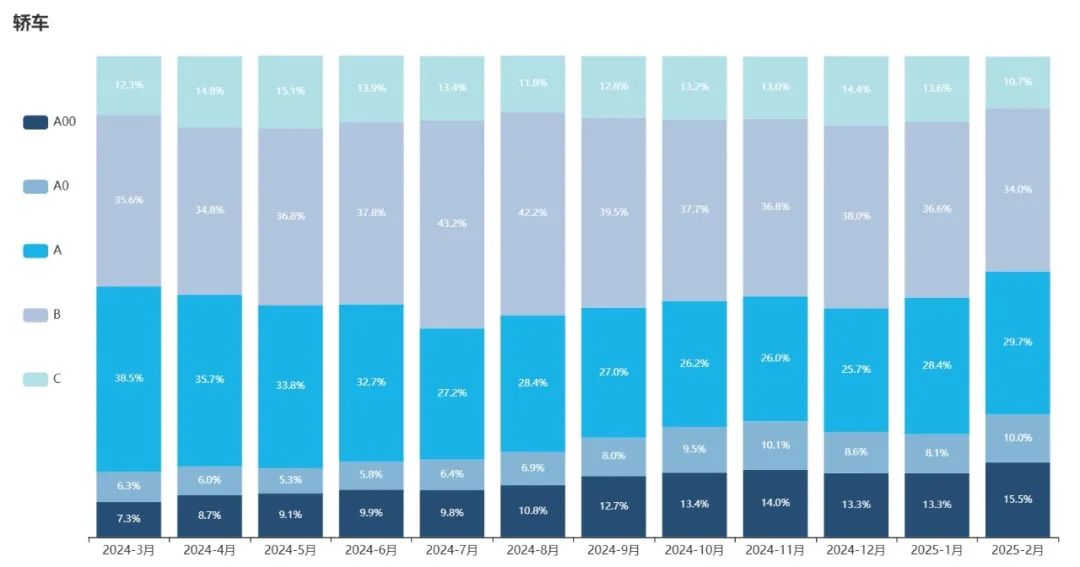
Despite accounting for only 10% of total market sales, the A0-class market has emerged as a pivotal focus for new energy vehicle enterprises. Particularly in the A0-class sedan segment, competition is fiercer than ever, resembling a "battle royale" among autonomous brands.
Even with the A0-class market already crowded, numerous automakers have chosen to join the fray. NIO Firefly recently unveiled its interior and is set for release within the year, while Chery announced the return of its classic model, the Chery QQ, in an electrified form, both aiming to secure a share of this burgeoning market.
The Next Battleground
Automakers continue to concentrate on the A0-class market due to the ease of promoting new energy vehicles in this segment compared to others.
According to statistics from the China Passenger Car Association, the penetration rate of new energy vehicles in the A0-class segment of the passenger vehicle market reached 68.7% in 2024, ranking second only to the fully electrified A00-class market. In contrast, the A-class car market, which holds a market share exceeding 45%, has a new energy penetration rate of only 34.9%, trailing behind B-class and C-class cars.
As the penetration rate of new energy vehicles continues to rise in the domestic market, all segments present opportunities for new energy vehicles. Determining how to become a pioneer has become the paramount direction for automakers to break through.
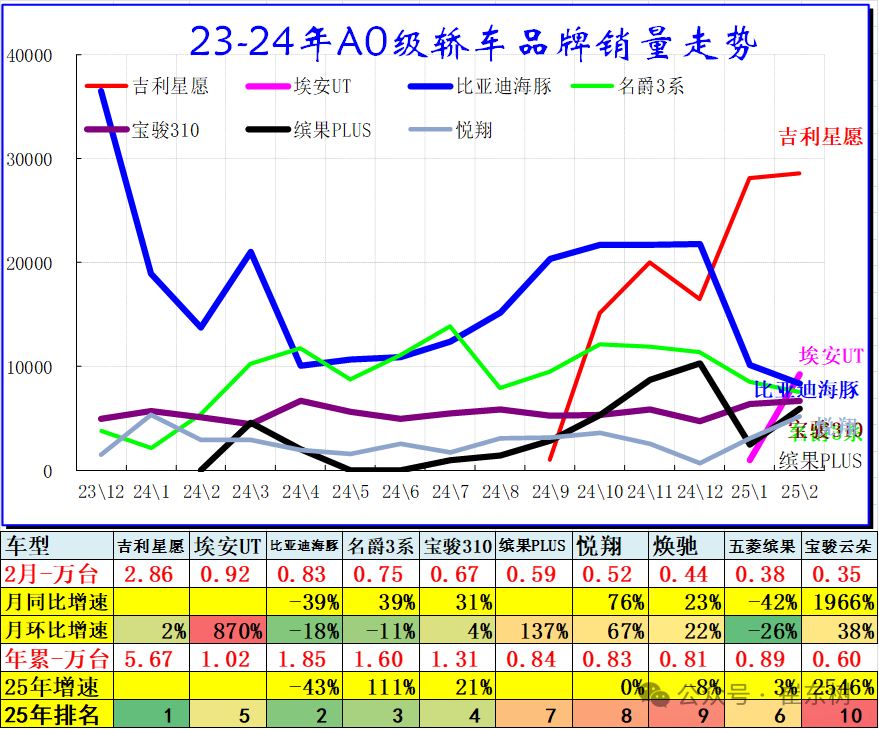
Similar to A00-class products, A0-class models are constrained by their body size and struggle to accommodate the rapidly expanding hybrid power system. They are thus confined to a choice between fuel and pure electric power modes.
This limitation serves as an advantage for new energy vehicle enterprises, as they do not need to conduct extensive market research to ascertain consumer preferences for hybrid or pure electric models. They can directly develop pure electric models, simplifying the product development process.
Furthermore, compared to A-class cars, A0-class models have simpler actual usage scenarios and do not necessitate consideration of extreme conditions such as long-distance driving and family trips. Generally, users who opt for A0-class products are either adding to their family fleet or using them for daily commuting.
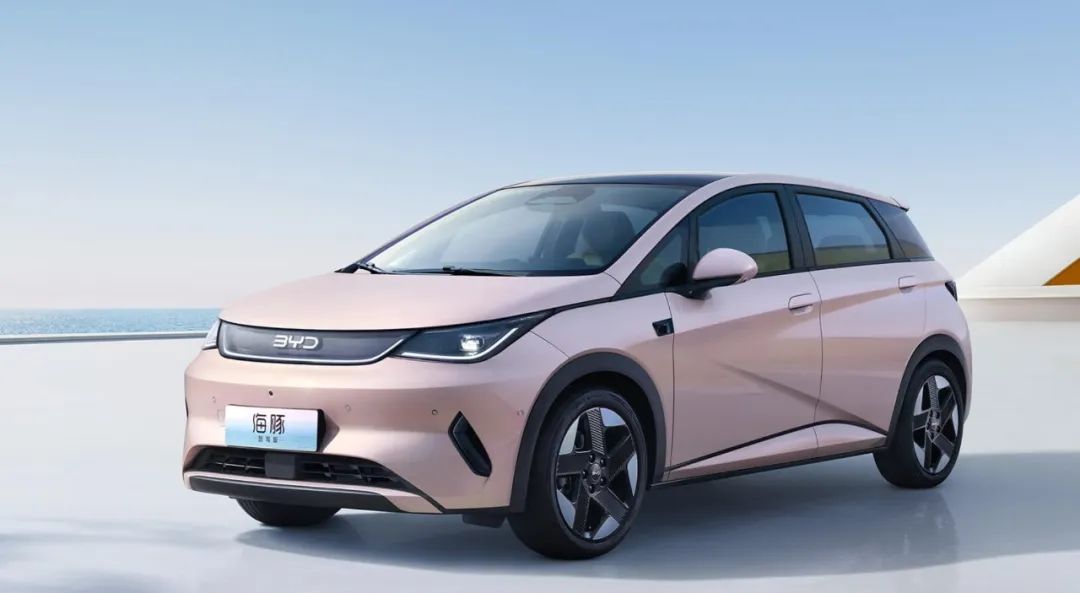
Compared to A00-class products on the market, A0-class models offer larger size and space, capable of meeting the needs of more diverse scenarios. They also provide longer range, with A0-class models delivering over 400km of range compared to the 300km top-spec range of A00-class models, alleviating range anxiety.
Most importantly, A0-class products, which are priced higher, offer more comprehensive features. Models priced around 100,000 yuan can provide configurations on par with A-class models. For instance, the popular BYD Dolphin offers driver and passenger airbags, a smart central control screen, and L2+ level assisted driving functions, with configurations significantly higher than those of A00-class products.
It can be argued that A0-class products priced at around 100,000 yuan not only offer the myriad advantages brought by new energy vehicles but also ensure cost-effectiveness, making them the ideal entry-level products for experiencing the transformations brought by new energy vehicles in vehicle usage.
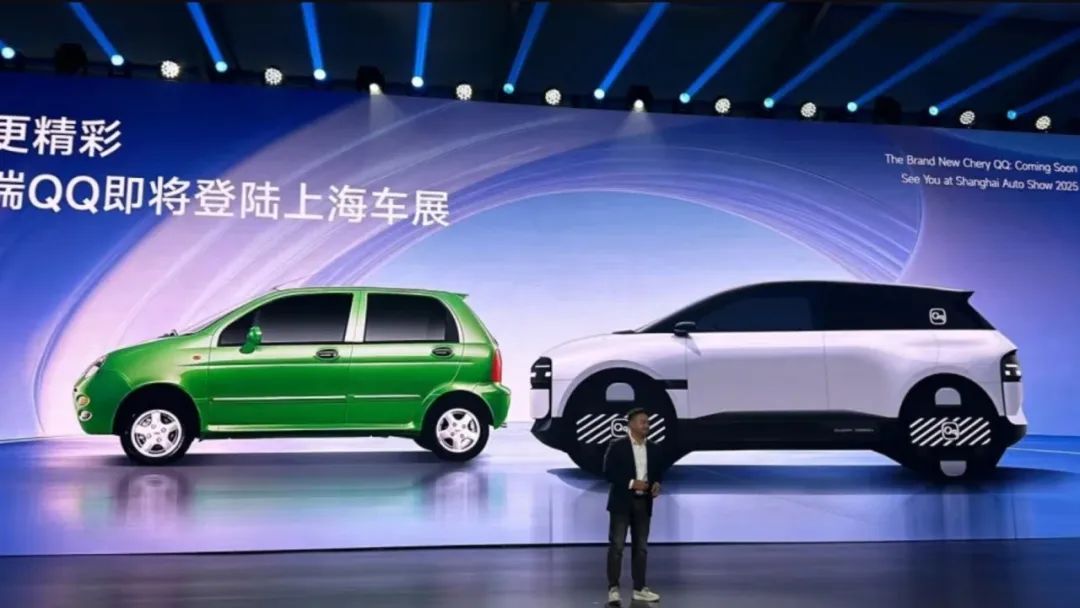
Compared to A00-class products priced in the tens of thousands of yuan, A0-class models more closely resemble true electric and intelligent cars in terms of exterior size and configuration, rather than being akin to national standard elderly mobility scooters.
Simultaneously, from an overall market perspective, in the sedan market, the market share of A0-class products is continuously increasing. In February, the market share of A0-class models surged to 10%, with a year-on-year growth exceeding 50%, continually enhancing their influence on the market.
Moreover, A0-class new energy vehicles are the models that benefit the most from vehicle trade-in policies. This year, policies have been more inclined towards the market below 150,000 yuan, with subsidies for replacements exceeding 10,000 yuan. Coupled with local policies and the residual value of old cars, consumers can almost purchase a new A0-class car for just tens of thousands of yuan.
Therefore, the entire A0-class market has become indispensable for new energy vehicle enterprises. On one hand, the market itself is unleashing its potential, with sales consistently growing and a larger market capable of accommodating more competitors. On the other hand, it is due to the easier scope for new energy penetration, making market development more effortless.
Catching Up with Each Other
In the A0-class sedan market, BYD was the first to reap the benefits. The Dolphin model alone sold nearly 200,000 units in 2024, significantly contributing to BYD's total sales of 4.27 million units.
During its peak sales period, the BYD Dolphin sold over 30,000 units for five consecutive months, emerging as the biggest black horse in the new energy market. Even in February of the previous year, it ranked among the top three in its segment.
After BYD successfully demonstrated the importance of the A0-class market, the competition for this market among automakers entered a new stage. Geely Xingyuan became the most aggressive newcomer in 2024, with a starting price of 68,800 yuan piercing the lower limit of the entire A0-class market.
With a length of 4135mm and a wheelbase of 2650mm, it offers more spacious dimensions than traditional A-class models. The Flyme Auto infotainment system, 16-inch alloy wheels, and sleek exterior design have enabled this new model to swiftly capture the market, selling 28,600 units in February and becoming the new king of this market segment.
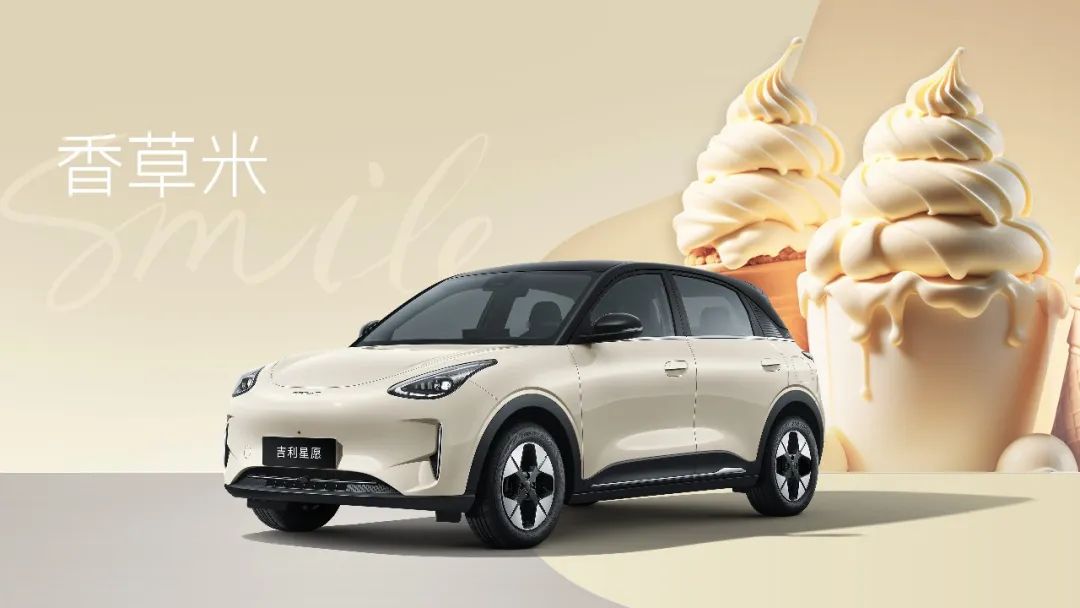
The competition in this market is not limited to Geely. GAC AION has also recognized the opportunity. With Dolphin and Xingyuan setting precedents, the product objectives of AION Y have become clearer, fully leveraging the industrial advantages of this market segment.
Within less than half a month since its launch, AION Y has sold as many as 9,200 units, even surpassing Dolphin in February to come in second in this market segment, and this is merely the sales performance of the first month.
Behind this success is the accumulation of GAC's mature experience. In the era of fuel vehicles, the A0-class market was almost dominated by Japanese brands. GAC Honda Fit and GAC Toyota Yaris were benchmarks in this market, alongside Volkswagen Polo, almost monopolizing the entire market.
Although these models have become marginal products with the advancement of new energy technology, the design experience accumulated behind them remains a valuable asset. Many elements of the Fit and Yaris can be seen in the AION Y.
Simultaneously, the starting price of 69,800 yuan for the AION Y is directly targeting Xingyuan and Dolphin, while also offering larger exterior dimensions and a wheelbase, almost openly competing for market share.
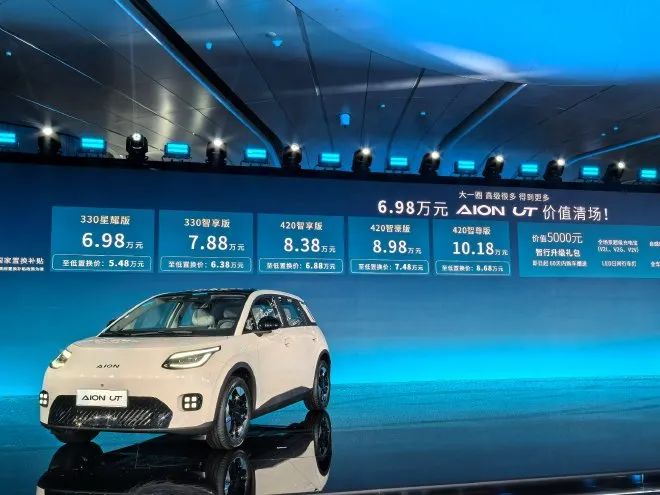
While many newcomers are entering this market, veterans have also chosen to continue their efforts. SAIC-GM-Wuling, which shone brightly in the A00-class market, has successively launched models such as Wuling Binguo and Baojun Yunuo, hoping to replicate the success of Wuling Hongguang MINI.
Recently, Chery also announced at a press conference that it will revive the classic A0-class model Chery QQ from the fuel vehicle era, rejoining the competition in this market segment in the form of an electric vehicle.
As a new highland for competition among new energy vehicle models, the battery swap promotion brand NIO also seeks to explore more possibilities. From the establishment of the premium compact car brand Firefly to the unveiling of the actual vehicle, it demonstrates NIO's optimism about this market. Unlike other new energy vehicle enterprises, NIO will also integrate the brand's unique battery swap method on Firefly.
This means that NIO's research and development investment in the Firefly model will be significantly higher than that of other automakers, with the battery pack being designed to fit the specifications of battery swap stations.
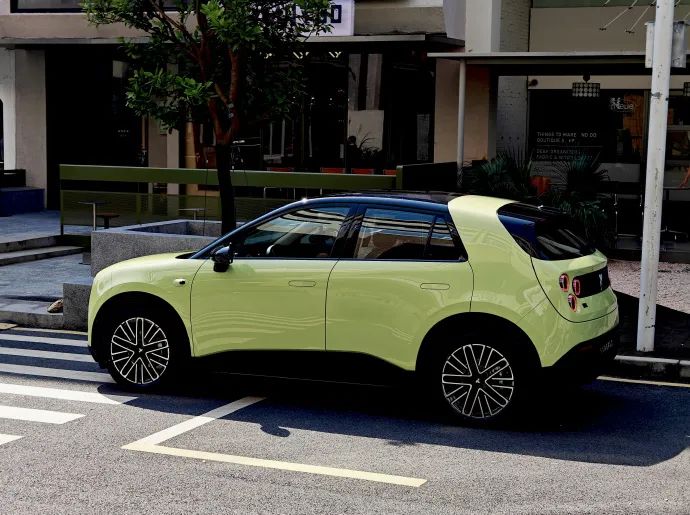
It can be said that the competition in the entire A0-class market is an art of balancing technology and cost. Compared to the purely electric design solutions of A00-class products, users in the A0-class market are more concerned with the functional experience, hoping that an increase in budget will bring a more practical driving experience.
This is starkly different from the past fuel vehicle era, where the primary competitive point of this model was fuel economy. However, with the advent of electrification, economy is no longer the most crucial factor for A0-class products. How to meet the intelligence measurement standards of new energy vehicles is the fundamental competitiveness that needs to be considered in this era.
On one hand, it necessitates more refined cost calculations and continuous reduction of production costs to ensure the gross margin of the entire vehicle. For small cars priced in the tens of thousands of yuan, cost control needs to be meticulous.
On the other hand, enhancing the technological intelligence of the entire vehicle within limited costs requires automakers to possess mature solutions. Models like Dolphin, Xingyuan, and AION Y are products launched by mature automakers, supported by reduced component costs brought about by large-scale mass production, ensuring the reliability and cost-effectiveness of their technology.
Behind the continuous advancement of new energy lies the gradual demise of the fuel era, becoming increasingly niche. Recently, Mercedes-Benz announced that it will cease production of A-class models, including AMG products, marking the end of fuel A-class cars. As mentioned earlier, GAC Toyota Yaris has also ceased production. It can be said that the contraction of the fuel vehicle market is ongoing.
The burgeoning popularity of new energy A0-class models is influenced by the continuously increasing penetration rate of new energy vehicles, proving that in the global first-generation automobile market, every segment presents bright opportunities.
Note: Some images are sourced from the internet. If there is any infringement, please contact us for removal.







